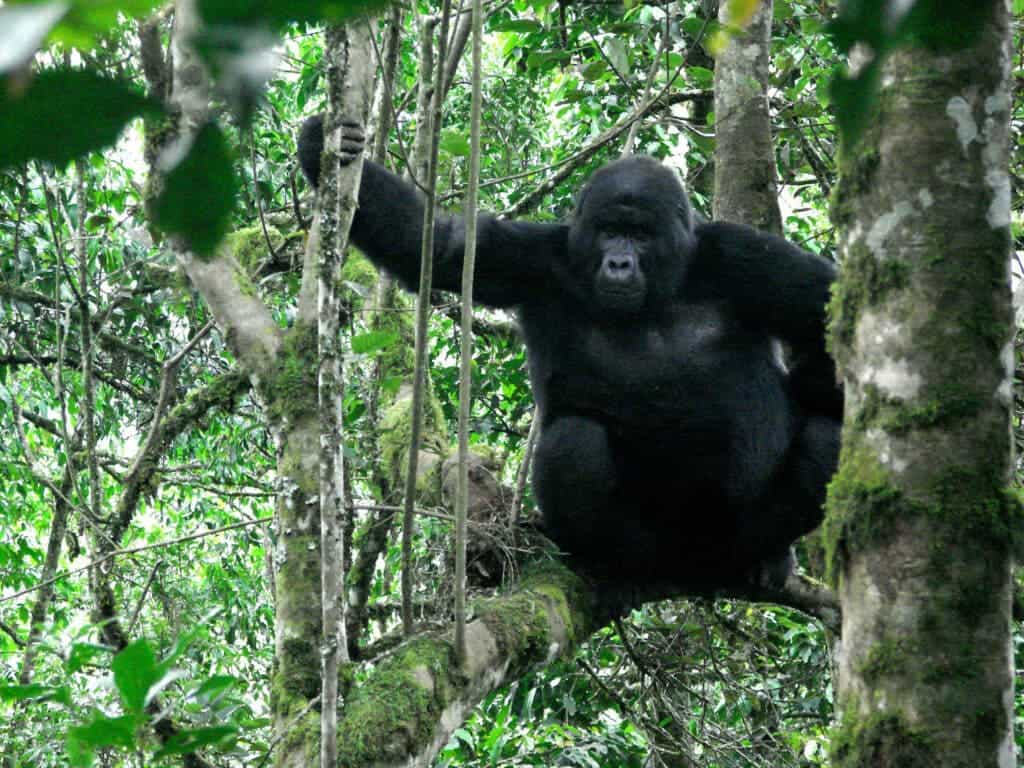Our human ability to speak and produce complex sounds has been linked to a number of anatomical features, from our vocal tract to our brain capacity, though there’s still a lot of debate about what exactly gives us the ability to speak as we do. Now, a new study found that counterintuitively, an anatomical simplification in the human larynx could have been an important step in the evolution of complex speech.

Based on a comparative study among primates, a set of experiments and mathematical modelling, an international group of researchers found that the loss of a laryngeal membrane allowed our species to produce a stable, even-toned and comprehensible speech, instead of the rough vocalizations of other primates.
“Paradoxically, the increased complexity of human communication involved a simplification of our vocal anatomy,” lead author Takeshi Nishimura said in a statement. “Studies showed that evolutionary modifications in the larynx were necessary for the evolution of the spoken language. We took this work to the next level.”
The evolution of speech
Nishimura and his team started by experimenting with dead chimpanzees donated by local zoos. They connected larynges that had been removed from the bodies of these apes to a device that blows air through the organ and simulates vocalization. Then, they used the data from the experiment to build a computer model of a larynx.
The researchers looked at the voice box, or larynx, in over 40 species of primates. This showed that humans differ from apes and monkeys in not having an anatomical structure called a vocal membrane — a small extension of the vocal cords. Humans also lack laryngeal structures called air sacs that help apes produce loud and resonant calls.
The loss of these tissues resulted in humans having a stable vocal source that was then critical to the evolution of speech – the capacity of expressing thoughts and feelings by using articulate sounds. The simplification of the larynx in humans is what enabled them to have excellent pitch control with long and stable speech sounds, they said.
“Using the comparative method to reconstruct our evolutionary past has shown that, if humans alone lack the vocal membranes that virtually all nonhuman primates have had as a trait, we may have lost it in our recent evolution despite sharing a common ancestor,” co-author and evolutionary biologist Jake Dunn said in a statement.
The larynx, a hollow tube in the throat that contains the vocal cords, is used for talking, breathing and swallowing. The researchers believe that the laryngeal simplification happened in a human forerunner called Australopithecus, which first appeared about 3.85 million years ago, or later in the genus Homo, which first appeared 2.4m years ago.
The researchers only included living species in the study as these soft tissues in the larynx aren’t suitable to be preserved in fossils. They looked at the laryngeal anatomy in apes such as gorillas, orangutans and chimpanzees, as well as Old World monkeys, such as baboons and mandrills, and New World monkeys, such as tamarins and capuchins.
“Other changes, including those in our brains were also needed to gain language, of course, but this anatomical simplification probably accelerated the accuracy with which we sing and speak,” Nishimura said.
The study was published in the journal Science.






